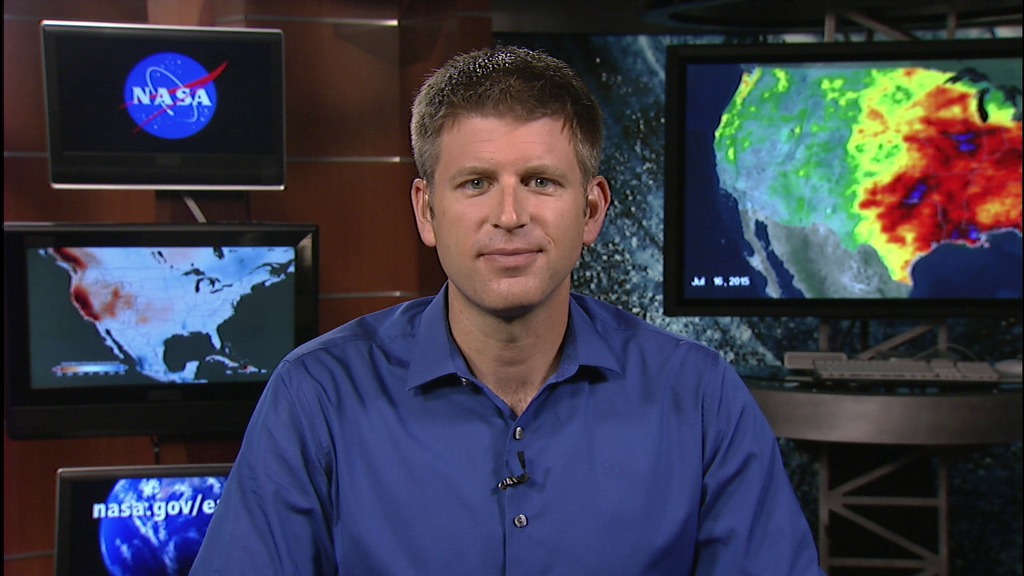Atmospheric River Reaching California
An atmospheric river occured between 9th and 12th of Dec. 2014 over the Pacific Ocean and Southwest US.
Atmospheric rivers are narrow corridors or filaments of concentrated moisture in the atmosphere that account for most of the pole-ward transport of water vapor around the globe. Atmospheric rivers consist of narrow bands of enhanced water vapor transport, typically along the boundaries between large areas of divergent surface air flow, including some frontal zones in association with extratropical cyclones that form over the oceans.
Atmospheric rivers play a central role in the global water cycle. They are the major cause of extreme precipitation events (which may cause severe flooding) in many mid-latitude, westerly coastal regions of the world, including the west coast of North America, western Europe, and the west coast of North Africa.
This project illustrates an atmospheric river that developed between the 9th and 12th of December 2014, stretching across Hawaii to California based on water vapor data and IMERG precipitation data. The visualizations show the IMERG precipitation data over the white, cloud-like water vapor. Heavy precipitation is shown in shades of red while lighter rains are shown in greens (see the color bar below).
In the visualization above, the time step (the period) between two consecutive frames represents a quarter of an hour.
In the visualizations below, the time step between two consecutive frames represents half hour.

Color bar for liquid precipitation in IMERG dataset
The water vapor data at the beginning illustrates the process of the atmospheric river forming. The IMERG data is then faded in to show the percipitation caused by the atmospheric river.
The same animation as above shown with MODIS true-color continents.
The animation shows that an atmospheric river occured in Dec. 2014 based on both water vapor and IMERG data.
The same animation as above shown with MODIS true-color continents.
This animation demonstrates the atmospheric river in IMERG data only.
The same animation as above shown with MODIS true-color continents.
This animation demonstrates the atmospheric river in the water vapor data only.
The same animation as above shown with MODIS true-color continents.
An atmospheric river occured between 9th and 12th of Dec. 2014 over the Pacific Ocean and Southwest US. The color bar is included.
This video is also available on our YouTube channel.
Credits
Please give credit for this item to:
NASA's Scientific Visualization Studio
-
Animators
- Cheng Zhang (USRA)
-
Greg Shirah
(NASA/GSFC)
- Horace Mitchell (NASA/GSFC)
-
Scientist
- Andrey K. Savtchenko (ADNET Systems, Inc.)
-
Writer
- Ellen T. Gray (ADNET Systems, Inc.)
-
Producers
- Michelle Handleman (USRA)
- Kayvon Sharghi (USRA)
-
Project support
- Laurence Schuler (ADNET Systems, Inc.)
- Ian Jones (ADNET Systems, Inc.)
Datasets used
-
Water Vapor
ID: 567 -
IMERG
ID: 863This dataset can be found at: http://pmm.nasa.gov/sites/default/files/document_files/IMERG_ATBD_V4.4.pdf
See all pages that use this dataset
Note: While we identify the data sets used on this page, we do not store any further details, nor the data sets themselves on our site.
Release date
This page was originally published on Thursday, July 30, 2015.
This page was last updated on Wednesday, May 3, 2023 at 1:49 PM EDT.

